Good Night, Little Ones! 5 facts about Russia’s oldest and most popular children’s TV show
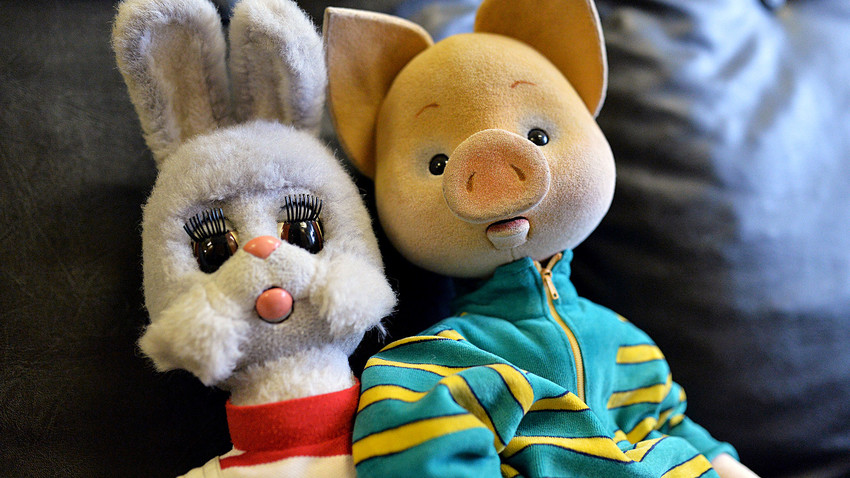
Stepashka the Hare and Khryusha the Piglet toys for the Good Night Little Ones show at the Ostankino TV studio.
Vladimir Pesnya/SputnikEvery country has its own show for children, with fictional creatures telling funny and cute stories, helping the children to grow up and navigate the strange world that we live in. In the U.S. there’s “Sesame Street.” Well, Russia has its own iconic children’s program, “Good Night, Little Ones!” (Spokoynoy
1. Inspired by German legends
The show utilizes a structure that isn’t particularly original. Puppet animals, joined by a human host, face certain difficulties, and with the help of jokes they find solutions, whether it be dividing a pie or forgiving a friend for misbehavior. Finally, they watch a small cartoon. Each episode, which lasts just ten minutes, is shown at 20:50 right before the evening news. After that, it’s time for kids to go to bed, and both the animals and human host wave goodnight
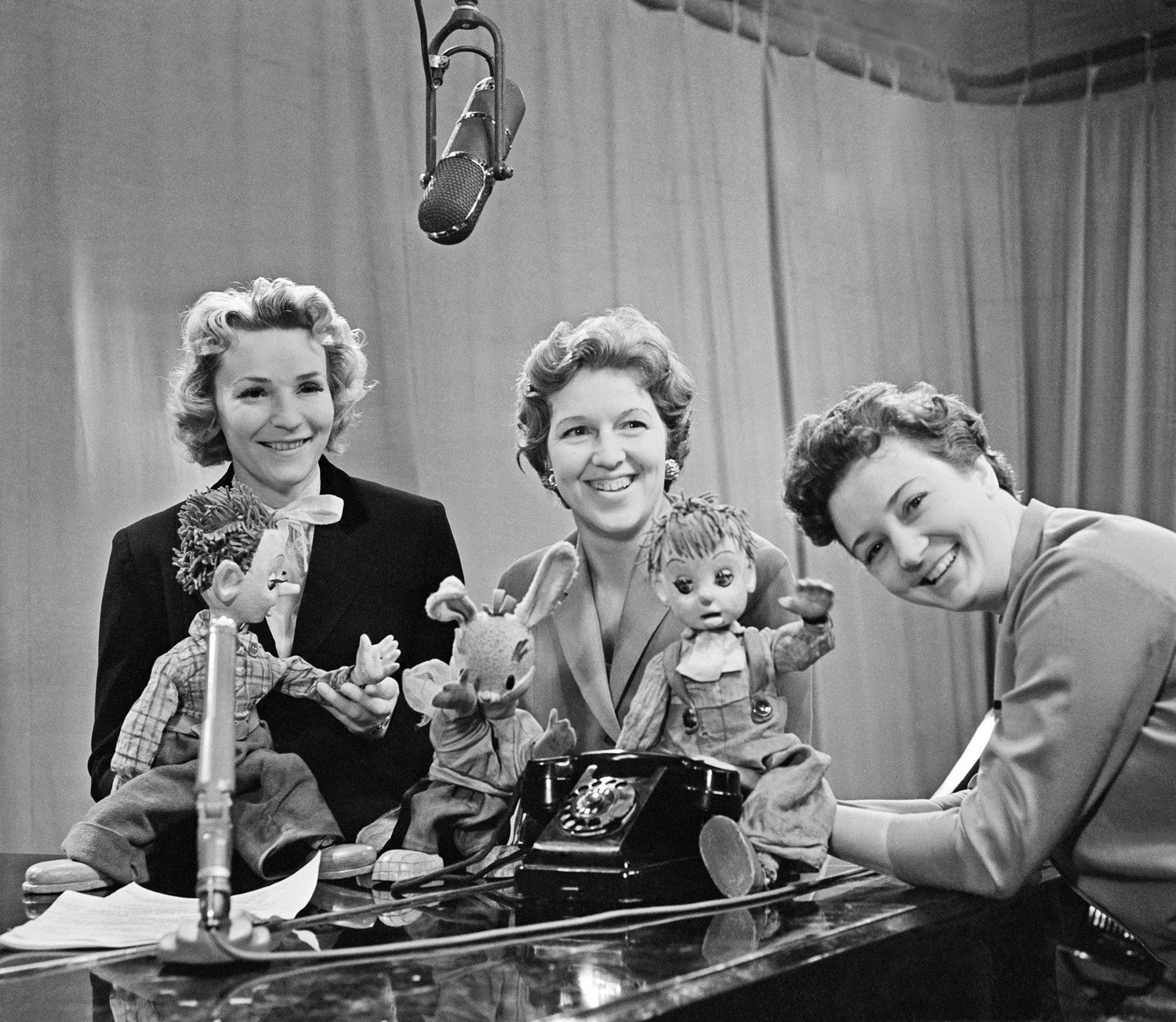
Anchorwomen of the Soviet Central TV Anna Shilova, Valentina Leontieva and Nina Kondratova (L-R) are pictured during the shooting of Good Night Little Ones.
TASS2. Survived repressions
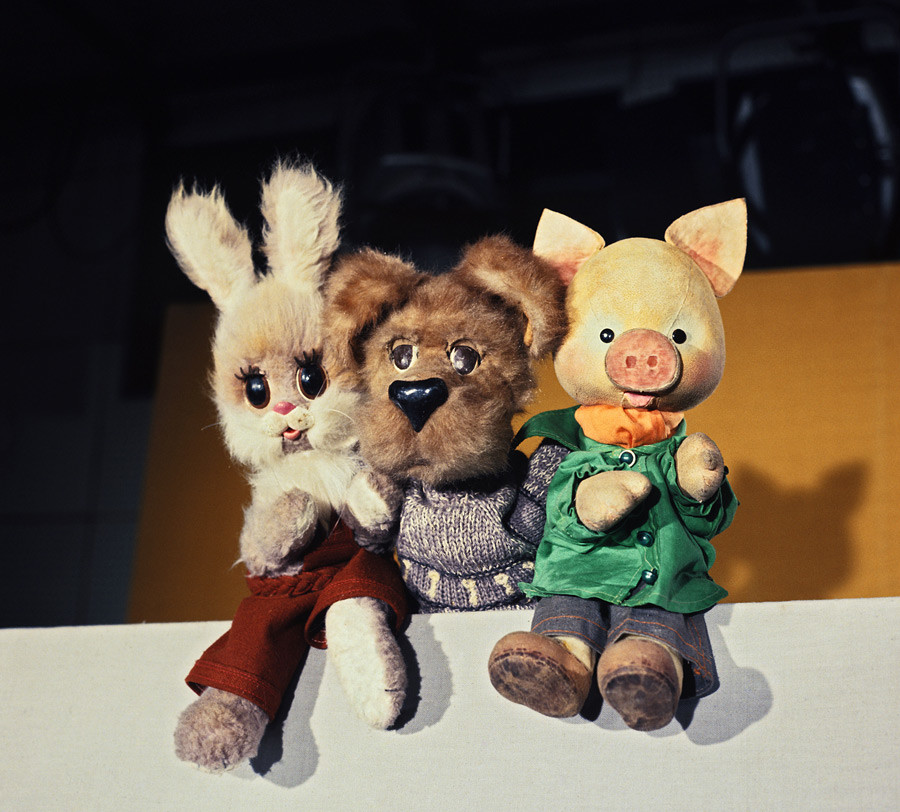
Stepashka (hare), Philya (dog) and Khryusha (piglet).
Nikolai Malyshev/TASS“Good Night, Little Ones!” originally consisted of static pictures with text read off-screen. Then, short puppet sketches and human actors appeared. In 1968, the classic cast appeared: Philya the Dog, Khryusha the Piglet, Stepasha the Hare and Karkusha the Crow (the only female in the show). Over decades, however, the program had some changes. For instance, on Nov. 11,
Then, for 3 years the animals disappeared from the show, and there were only human hosts. Why? Andrey Menshikov, who used to head the TV studio for children, recalled: “The Party banished Khryusha the Piglet because leaders in Muslim Soviet republics thought a pig should not wave goodnight to Muslim children.” Only with Perestroika did the new Soviet leader, Mikhail Gorbachev, allow Khrysha to return, along with the others.
3. Helped bring down the Iron Curtain
Gorbachev had his reasons to sympathize with Khryusha: the piglet helped reduce tensions between the USSR and the U.S. (In reality, it was producers Menshikov and his American colleague Christopher Serf). In the 1988 TV special Free To Be… A Family, Khryusha met Kermit the Frog from the “Muppet-show,” and parroting the diplomatic rendezvous of Gorbachev and Reagan at that same time, they discussed serious issues. And you think the last “Avengers” is the greatest crossover film ever?
4. Loveable characters (but some strange)
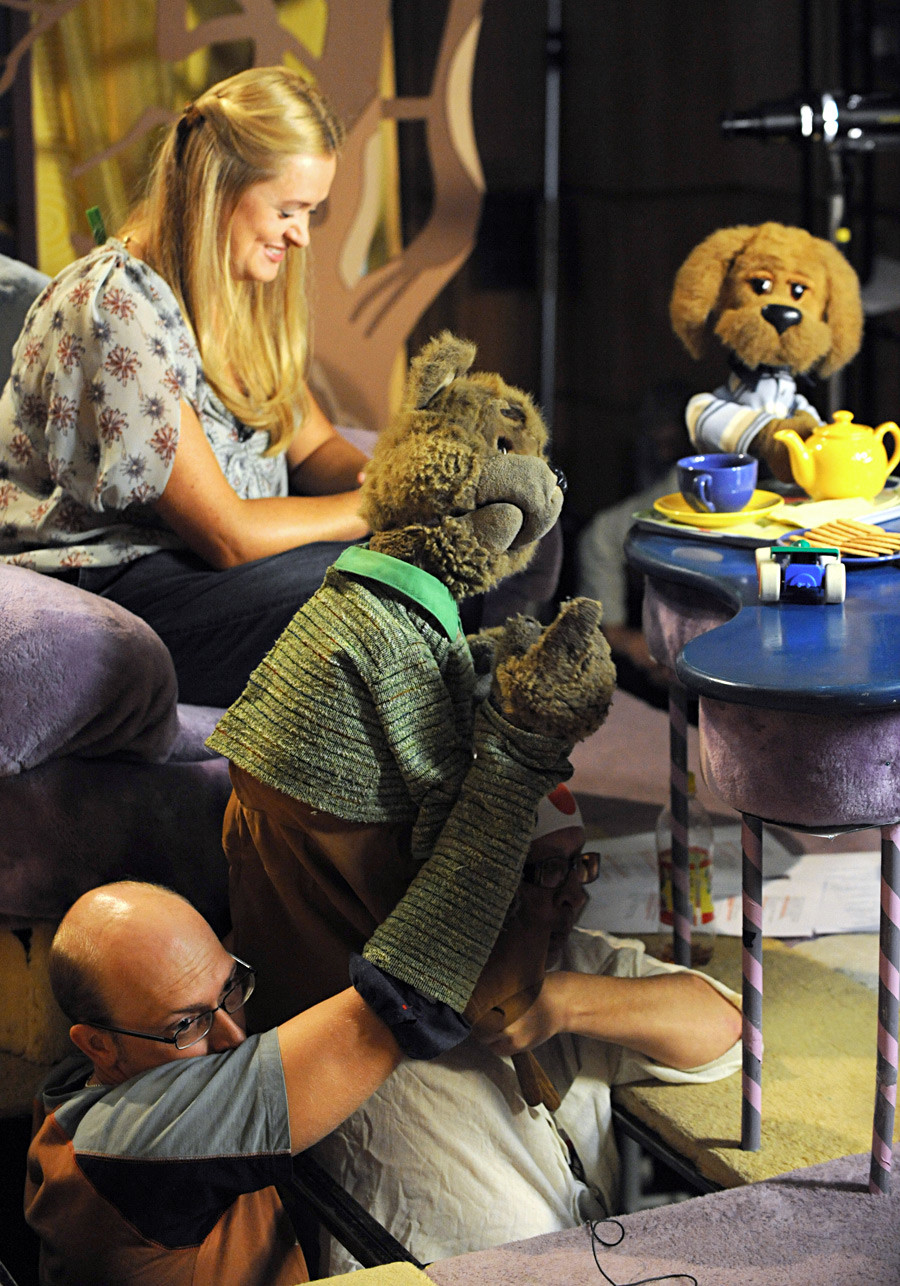
Mishutka the Bear joined the crew back in the 2000s.
Grigoriy Sisoev/SputnikAs Menshikov recalled, Soviet children begged the authorities to put Khryusha back on the air, and it worked. He and the other classic animals from “Good Night, Little Ones!” are still loved by kids. Apart from the four ‘Beatles’ (Khryusha, Philya, Stepasha
5. Sticking to traditions
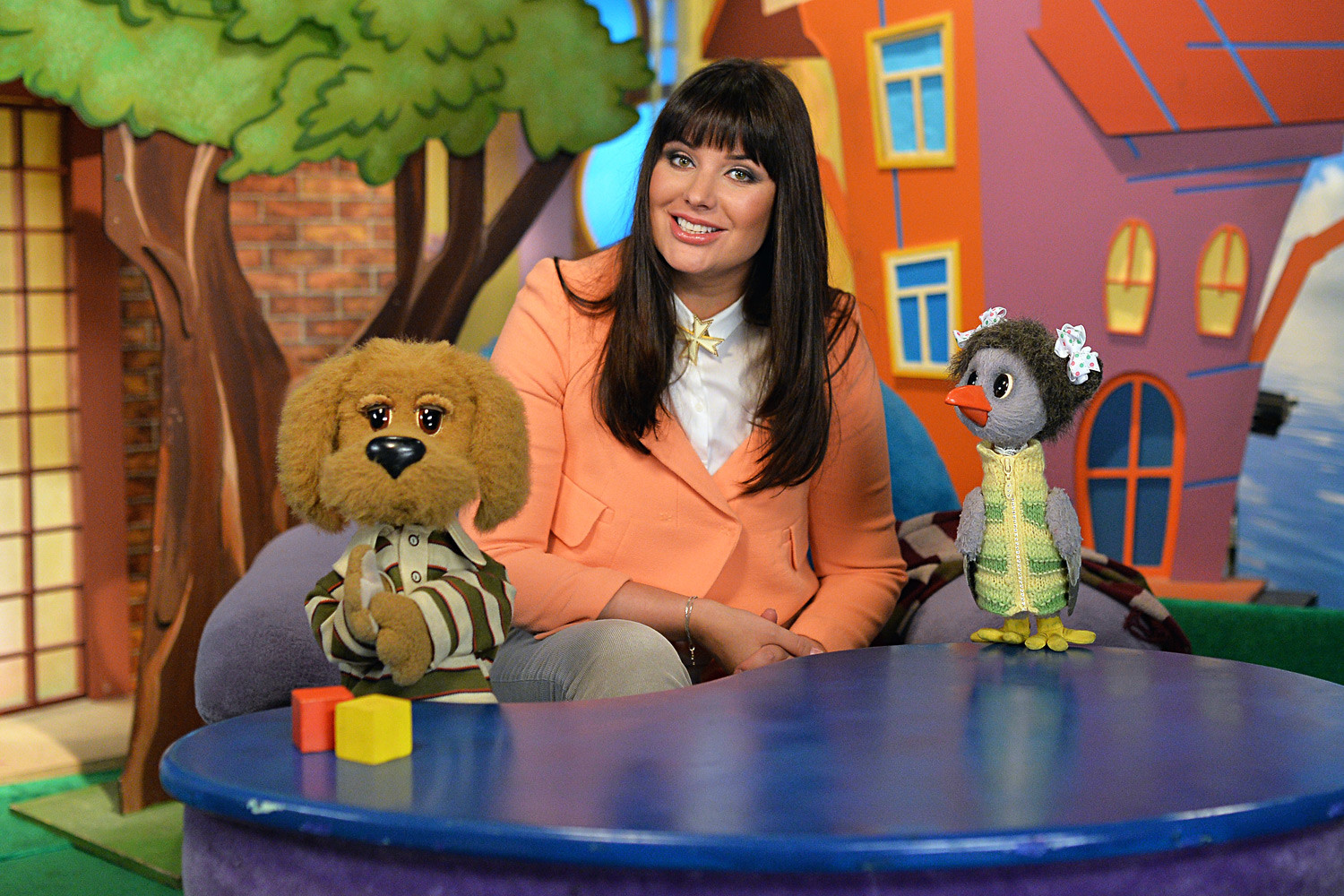
TV host Oksana Fyodorova filming Good Night Kids at the Ostankino TV studio.
Vladimir Pesnya/Sputnik“A cocky piglet, a shy hare, a chatty crow and a phlegmatic dog – everyone can find oneself in these characters, no matter if you’re a child or a grown-up,” commented the TV program Utro Rossii, on the occasion of the show’s anniversary. Certainly, the show will remain on
Russians do love some good TV entertainment (just like any other people). Check out these auditions from Russia's version of The Voice.
If using any of Russia Beyond's content, partly or in full, always provide an active hyperlink to the original material.
Subscribe
to our newsletter!
Get the week's best stories straight to your inbox